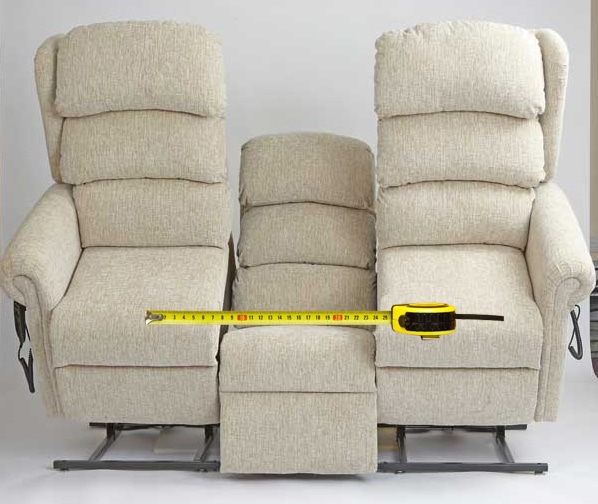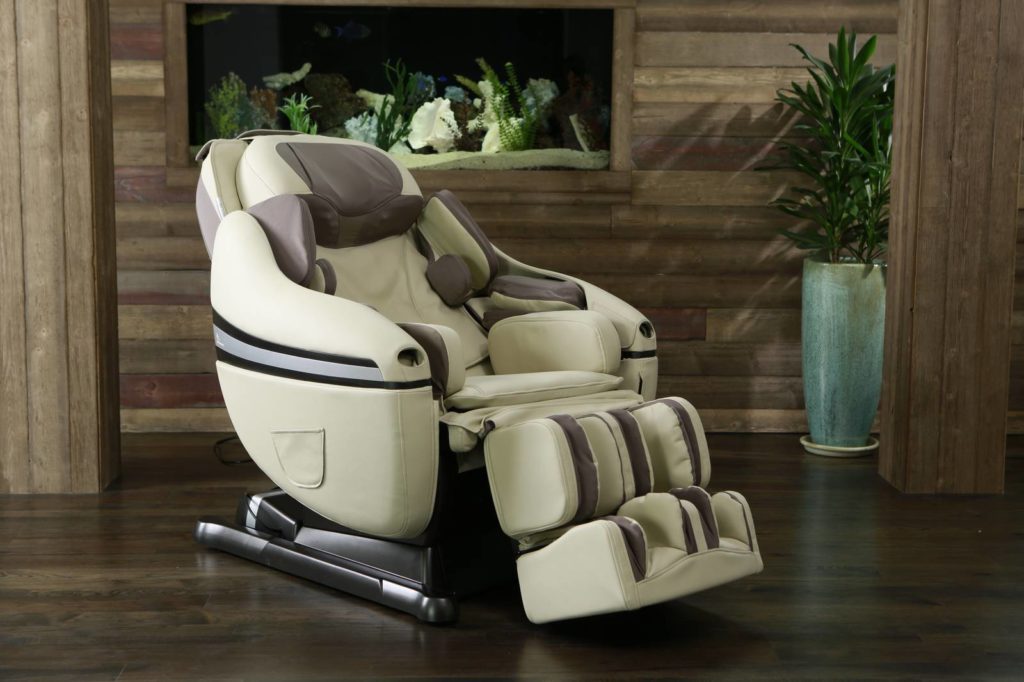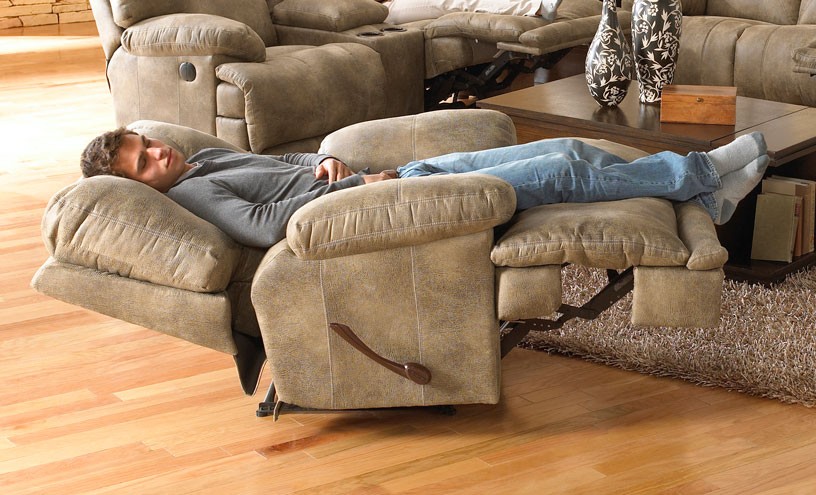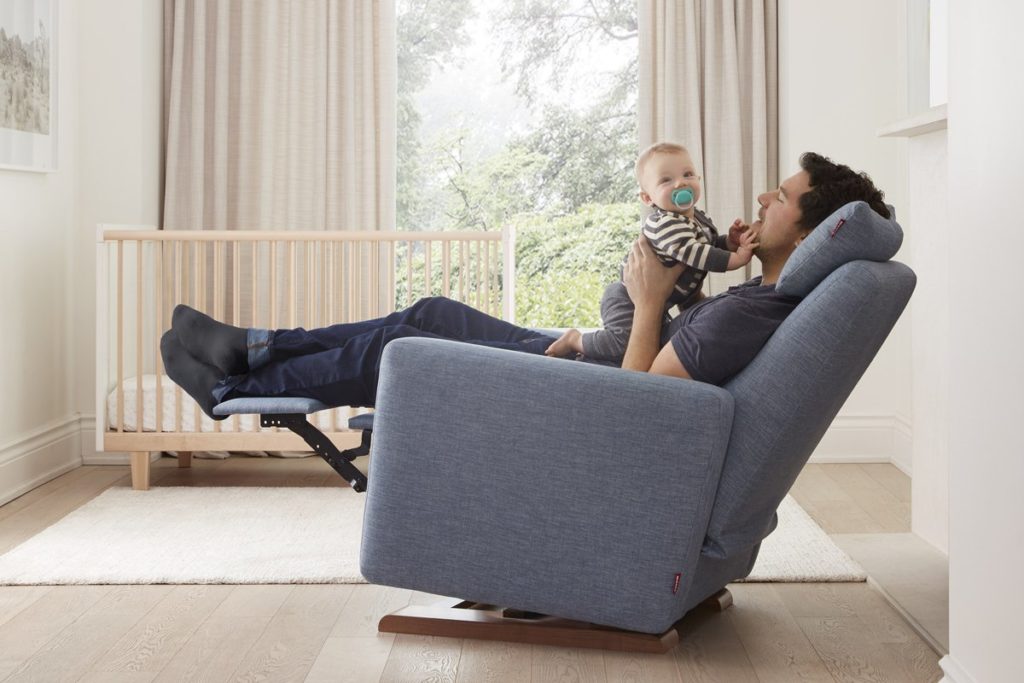



Microfiber had remained a popular material since the 1980s when it began to be seen more on furniture and in cleaning cloths. It is made from a combination of synthetic fibers, or those made in labs. In general, they are affordable and easy to produce, making them a great choice for inexpensive furniture like comfy recliners. If you need to know how to clean an old microfiber recliner, check out the following steps. This method will help you remove grease, oil stains, food stains, and other smudges that attack your favorite chair.
Before attempting to clean your recliner, you need to know what type of microfiber it is made from. After all, some can withstand soap and water while others cannot.
The majority of microfibers are divided into two categories: split and non-split. Split microfiber is made of interlocking strands of polyester and a polyamide or nylon byproduct. This type of material absorbs liquid best and can also attract dust and dirt.
Non-split microfiber is tightly woven together and tends to contain a high amount of polyester. The material is designed to reflect liquids rather than absorb them, which can make cleaning this style of recliner more difficult in the long run.
The type of supplies you will need depends on the variety of microfiber used to make the recliner. Your first step should always be to check the chair’s tag, which should have a letter near the “care instructions:” S, W, SW, or X.
Based on the visible letter, you will need the following:
If your chair has an ‘S,’ it means you should use a solvent cleaner. A ‘W’ means a water-based cleaner, ‘SW’ means you can use either one, and ‘X’ means only a vacuum will work. Choose your supplies accordingly.
If you have a water-safe microfiber recliner, then your cleaning job will be easy. Simply follow these steps and be sure to finish each one before moving onto the next.
It’s important not to mix up the two buckets during this process because you could accidentally leave behind soap on the chair, which will affect how the microfiber looks and feels.
Non-water safe microfiber is often made of more synthetic materials and is, therefore, more resistant to liquids. It might not absorb your soap well, so be sure to scrub with enough pressure to dislodge stains. Follow these simple steps to clean your recliner.
This method works well for spot cleaning and eliminating tough areas of dirt or oil from hands and fingers.
When you have individual stains, you can clean your microfiber recliner by only using the liquid on those affected spots. This is most easily done with a spray bottle that allows you to target each area with a small amount of liquid.
For the best results in stain removal, use a soft sponge, and start at the outside of the stain. This prevents the liquids from spreading across the microfiber and creating a larger mess for you to clean. Remember to use a clean sponge or cloth to pick up excess liquid and leave behind a spotless chair.
The best way to avoid learning to clean a microfiber recliner is to keep it neat and tidy throughout the year. While it is still a good idea to do deep cleaning twice a year to eliminate the oil and grease from hands and feet, following these simple steps will help you avoid large stains.
These basic methods are the simplest ways to clean a dirty microfiber recliner, whether it be thin, plush, or made by a specific manufacturer like Ashley. Just remember to always have clean sponges available and to check the tag with care instructions to make sure you use the proper cleaner. If you are concerned about deep stains, consider professional spot removal or even reupholstering the chair so you can keep your favorite recliner long past its purchase.





